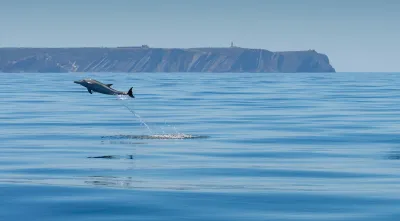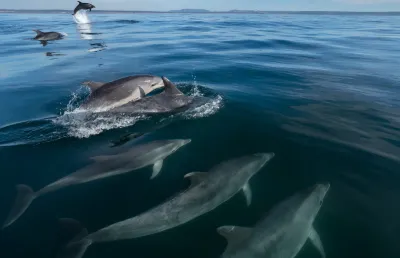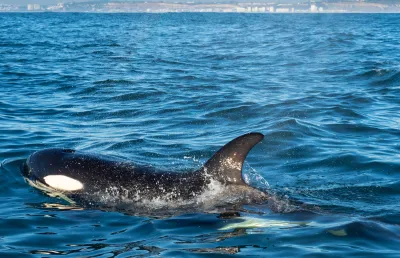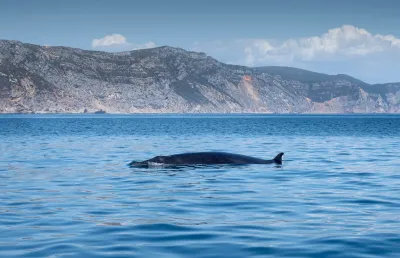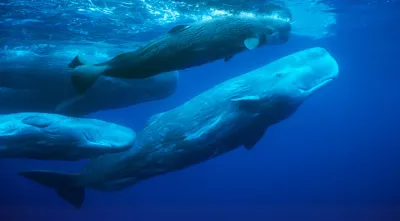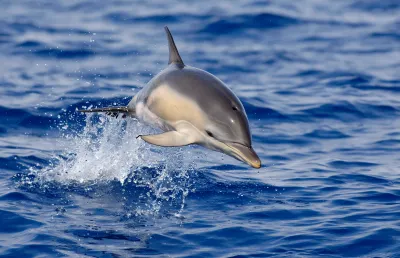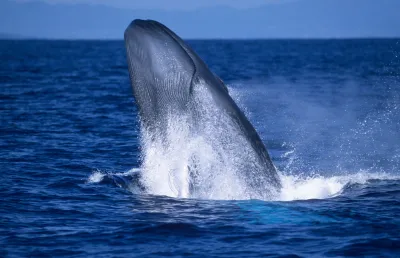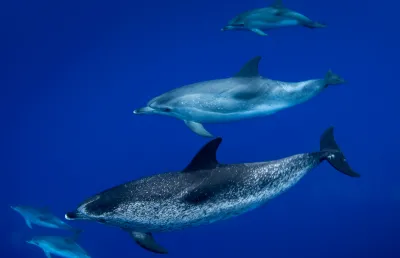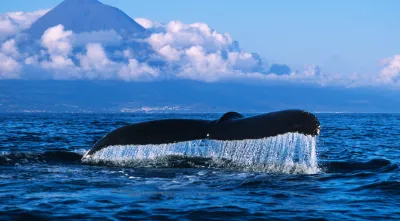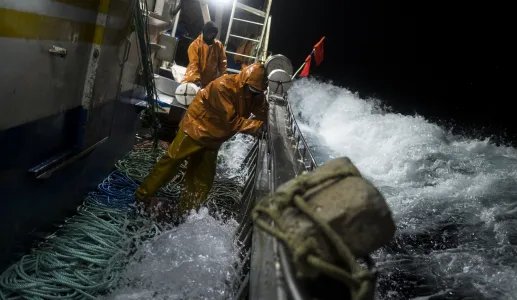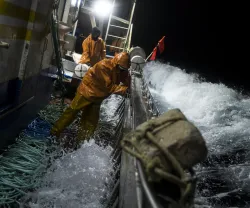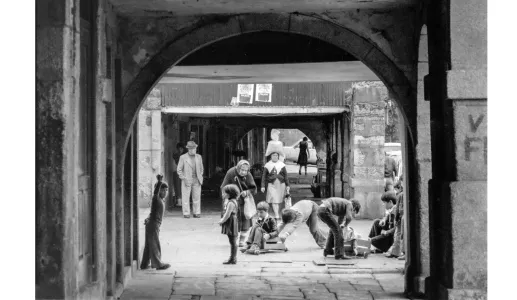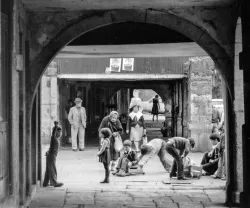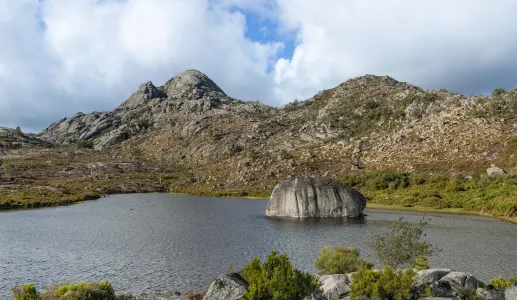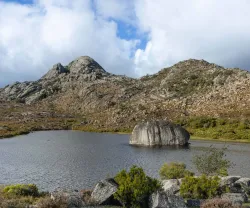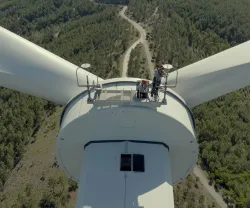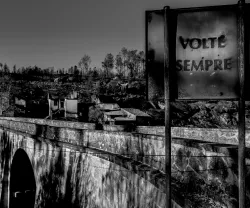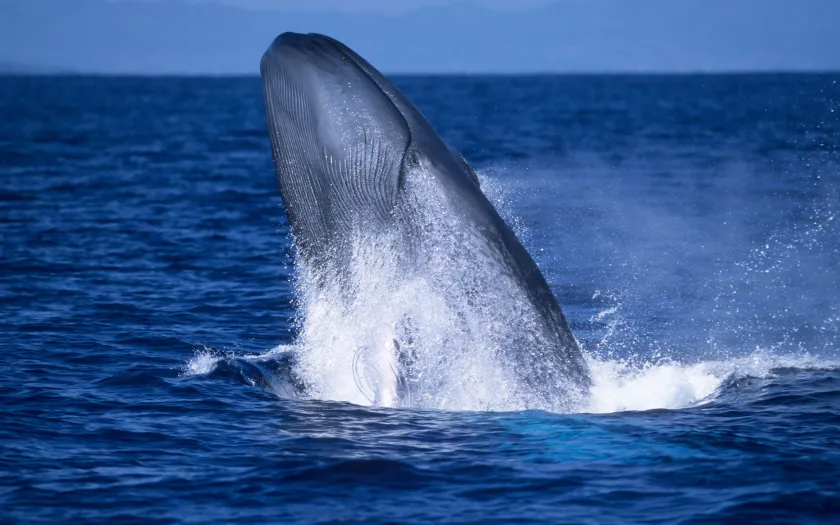
On the trail of whales, orcas and dolphins in Portuguese waters
Portuguese waters are the playground of the largest marine mammal in the world. «The photo of this baby blue whale jumping out of the water is extremely rare», said Luís Quinta, who took this shot (above) off Pico Island in the Azores in the 2000s. «It's very rare to see a baby whale jumping like this».
The photographer was on board a boat tracking a group of blue whales, including a mother and baby, when he saw it taking its first leap. «We were all surprised. The baby jumped a second time and that was the jump I got the photo of», recalled the photographer, adding that «the Azores is a motorway for lots of migrating species, as is the case of the blue whale».
Many other marine giants criss-cross national waters every year, such as humpback whales, orcas, fin whales and cachalots. And in the case of cachalots, «the Azores is really a nursery», he said. «Baby whales are very fragile in the early days and spend a lot of time on the surface. They swim around clumsily, surrounded by adults», he explained.
Taking photos of life on land and at sea for 40 years, Luís Quinta has an information network – made up of scientists, biologists, fishermen – guaranteeing coverage for sightings in places far from Costa da Caparica, where he lives, and regularly takes photos of whale and turtle routes.
«I remember trying to get a photo of a whale shark for years without success. One year, they called me from the Azores and said: 'they’re here.’ I got on a plane and there were other sightings on the day I arrived but I wasn't able to get photos of them», he said. «It only happened during the pandemic, when they told me they’d seen that the sea was ‘dotted’ with them. I did a Covid test, got a flight and managed to get photos of them in Santa Maria».
When the water is warmer in spring and summer, thousands of dolphins – common dolphins, striped dolphins and bottlenose dolphins – seek out the abundance of fish near the Portuguese coast. And even leatherback sea turtles, who are born in the Caribbean, come to feed in Costa da Caparica from September on.
But still in August, Luís saw fin whales, «animals over 20 metres long», some minke whales, pilot whales and orcas virtually on his doorstep, between Costa da Caparica and Cabo Espichel. One day, he saw a minke whale, a fin whale, a sei whale and lots of tropical pilot whales. «It was a good day. A day full of encounters».
